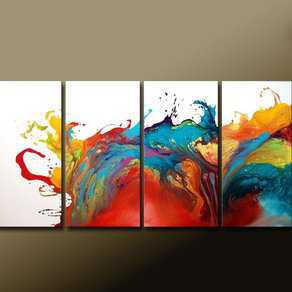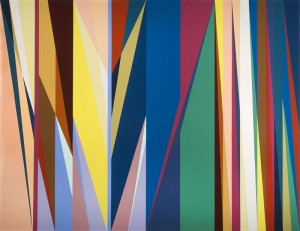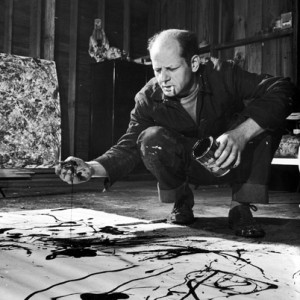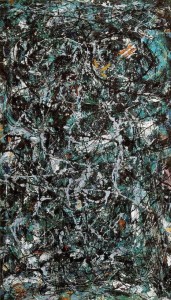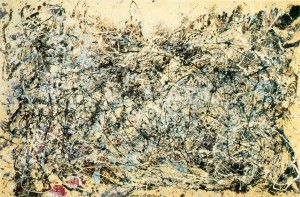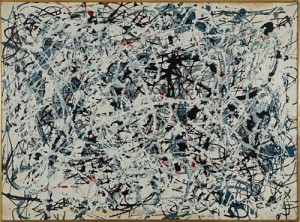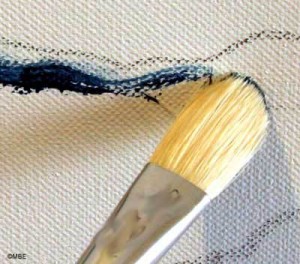How to Promote your Canvas Art via Twitter

The Information Age makes it easier for artists to connect with other artists, their clients, and other people interested in art. Many social media websites are available that artists can use to their advantage. You can introduce your canvas art, connect with the community, promote your pieces and exhibits, and more.
Twitter is a microblogging service that’s one of the most popular social networking site. Currently, there are 500 million users of Twitter, 200 million of which are monthly active users. Twitter is an excellent venue for you to network and market your work and these tips can help you expand your online community and advertise your art works.
Tip 1 – Share yourself and your work in progress. Share links to your artist blog, website, and other helpful links to artists. If you’ve posted a new article in your blog, or had an interview, include its link in your tweet. You can also share information about the piece you’re currently working on. Tell about your inspiration, what techniques you are using, incorporate a picture of what it looks like, etc. People want to get closer to those whom they follow and sharing these helpful and personal information can get you closer to your community. Once you’ve finished with your art work, tweet the link where people can see and buy the item.
Tip 2 – Tweet announcements. Announce events which you are involved in and those in your online community. If you run an etsy shop, selling a new art, or having a public appearance, tweet it. Let your followers know where you are and what things that are keeping you busy.
Tip 3 – Grow your community. Establishing an online presence is no overnight work. Patience is key to growing an engaging online community. Search for people who are interested in art, who are into art, and businesses related to the art industry. If you follow people, most likely they will return the favor by following you back. Build relationships with them by communicating with them about art and other topics. Twitter lets you start partnerships with your audience, which grows your personal and professional networks.
Tip 4 – Be an active member of the community. Twitter has tools that encourage interaction among the community. Reply to tweets, retweet, post comments on other people’s messages to let them know that you’re there in Twitter and are valuing the information that they are telling.
Tip 5 – Hold contests and giveaways. Everybody loves winning and getting free stuff. What better way to engage your community than holding a contest. You can offer one of your piece as a prize. Two of the easiest contests are the RT (retweet) to win, and Follow to win contests. Twitter contests can create more traffic to your community and increase your connections which also promotes your work to more people.
Image source: www.oilpaintinghouse.com




